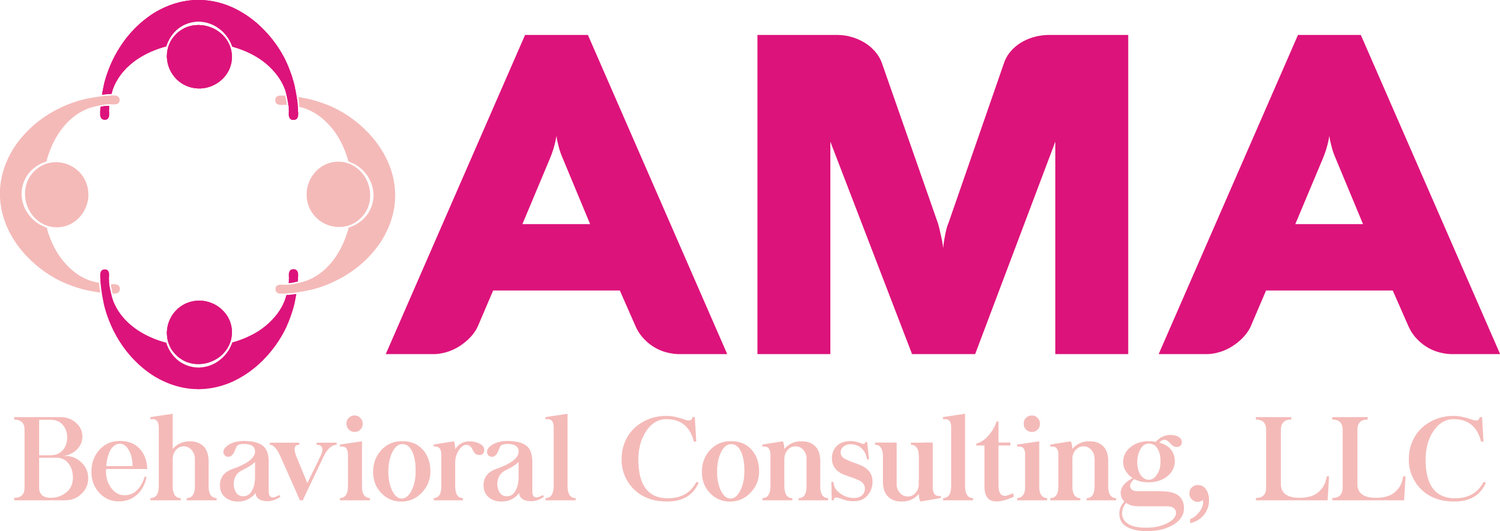Preparing for a Visit to the Dentist
/Read time: 5 minutes
Who likes going to dentist? The dentist for me up is not my favorite place to be. When one of our parents asked for tips on how to make this process a bit easier for our learner, I immediately jumped into action. Here are some of the things we did to get ready for our big trip:
Created a social story on the steps that would take place for our visit. I contacted the dentist office and asked about each step and the expectations of the child. I took pictures from their page and created a social story with visuals of what the office and equipment the child would come in contact with would look like. See the video of our social story below!
Practice! During our sessions we practiced by playing with similar items so that the child could become familiar with some of the steps. We used Play-Doh dentist set as well as took our own set of X-Rays using the X-Ray Scanner Teeth App to portray the steps that needed to be taken in a visit.
Last but not least, during our one on one direct therapy sessions, we practiced different instructions like “Open your mouth” “Stick your tongue out” and even “Stand as still as a soldier” to prepare the child with some of the instructions they may hear as well as the expected behaviors. If the child did not know what behavior was expected, I showed him how to do it and we practiced together!
During these steps, our learner was provided with lots of praise and positive experiences so that the transition to the actual office would be as flawless as possible.
Playdoh Dentist Set
Although our learner had difficulty with some of the steps in the actual office visit, he was able to complete the cleaning and we are calling it a success! The visual schedule truly helped with the process of knowing what was coming next and he was able to see the tools we played with in real life. I would love to thank the staff at Happy Family Dental Group in Brandon, Florida for their patience, understanding and their willingness to provide materials and information before our visit!














